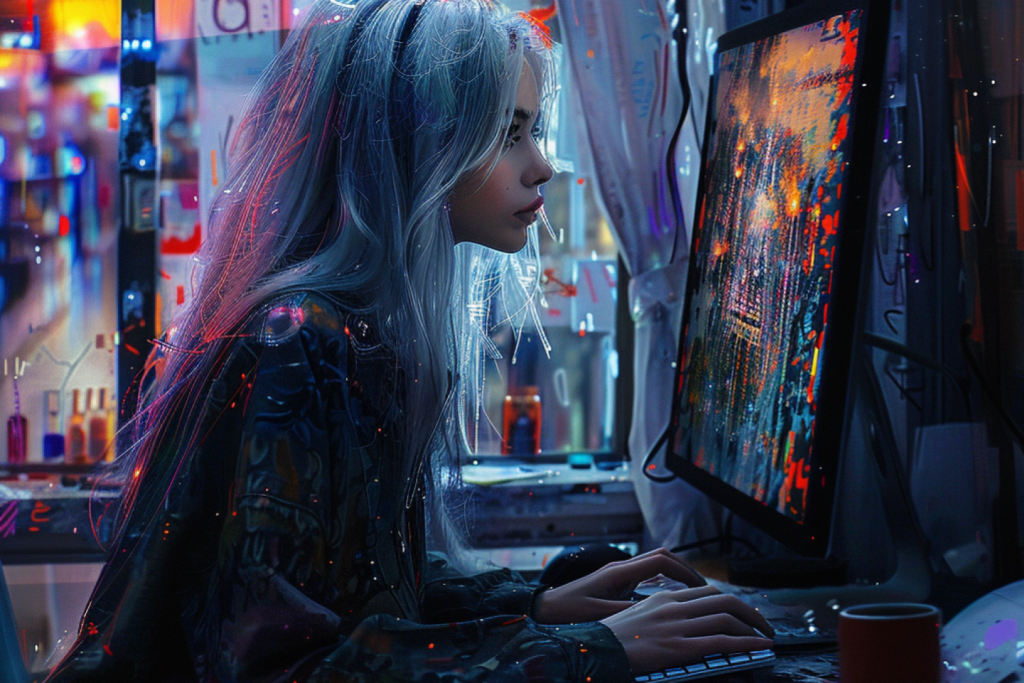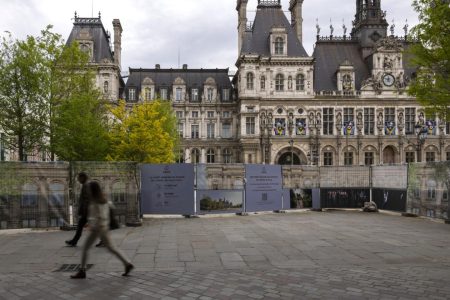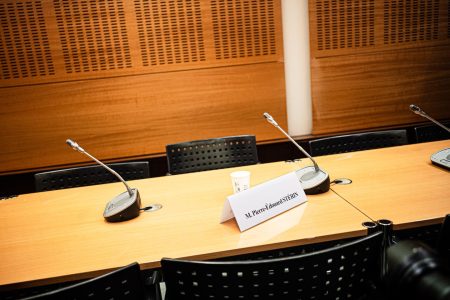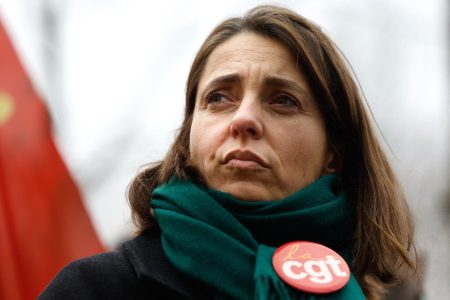The use of artificial intelligence in artistic creation is becoming increasingly popular, with artists using AI platforms such as Midjourney, Leonardo, Runway, and ChatGPT to generate unique artworks. Before using these platforms, it is important to understand the specific characteristics of each AI in order to achieve the desired results. For example, writing a prompt on Midjourney requires a different approach compared to writing a prompt on ChatGPT. Some AI platforms are more accessible to the general public, while others require a more technical understanding to generate specific styles or effects.
Keeping up with the updates and advancements in AI technology is crucial for artists working with artificial intelligence. Prompting on a newer version of an AI platform may require different strategies and formats compared to older versions. Artists need to constantly adapt to these changes in order to effectively communicate their artistic vision to the AI and receive the desired output. Despite the challenges posed by constant updates, artists find ways to work with AI to create innovative and original artworks.
A solid foundation in art history and knowledge of various artistic styles and techniques is essential when working with artificial intelligence. The AI relies on human database entries, so having a deep understanding of art history and culture allows artists to input relevant keywords and prompts that align with their artistic vision. Artists with a strong artistic background can effectively communicate their ideas to the AI, resulting in more accurate and meaningful creations. This demonstrates the importance of having a well-rounded artistic education when collaborating with AI for creative projects.
In order to generate high-quality artworks using AI, artists must be familiar with the specific prompts and formats required by each platform. Different AI platforms have unique features, functions, and requirements for generating art. For example, Leonardo offers pre-defined styles for manga and video games, while Midjourney allows users to define the desired style by inserting keywords into the prompt. Understanding these nuances and adapting to the requirements of each AI platform is essential for artists looking to push the boundaries of creativity and innovation in their work.
The evolution of AI technology poses both challenges and opportunities for artists exploring the intersection of artificial intelligence and art. As AI platforms continue to develop and improve, artists need to stay informed and adapt to the changing landscape of AI-generated art. By developing a deep understanding of the capabilities and limitations of AI, artists can leverage this technology to create new and exciting artistic expressions that push the boundaries of traditional art forms. This ongoing evolution in AI art presents endless possibilities for artists to experiment, collaborate, and innovate in the digital age.















